In a SeaTalkng installation, a backbone cable is used to connect various devices on a boat. The backbone cable runs the entire length of the boat, and individual devices are connected to the backbone using spur cables that connect to T-pieces. The backbone cable is responsible for transmitting both data and power to the connected devices. It is important to ensure that the backbone cable is of the appropriate size to reach all potential installation locations for NG or NMEA 2000 devices. If needed, two lengths of backbone cable can be joined together using the A06030 backbone extender.
Frequently Asked Questions
Q: What is a backbone cable and why is it necessary?
A backbone cable is used to connect various devices on a boat. It runs the entire length of the boat and is responsible for transmitting both data and power to connected devices. It is necessary to ensure proper communication and power distribution between devices.
Q: What are spur cables and T-pieces?
Spur cables connect individual devices to the backbone cable. T-pieces are used to connect the spur cables to the backbone cable. They allow for branching connections to multiple devices.
Q: How do I determine the appropriate size for a backbone cable?
To determine the appropriate size for a backbone cable, you need to consider all potential installation locations for NG or NMEA 2000 devices on your boat. Measure the distance from the furthest device to the location where the backbone cable will be connected to the power and data source. Make sure the cable is long enough to reach all desired locations.
Q: How can I extend the length of a backbone cable?
If you need to extend the length of a backbone cable, you can use the A06030 backbone extender. This allows you to join two lengths of backbone cable together, providing the necessary extension.



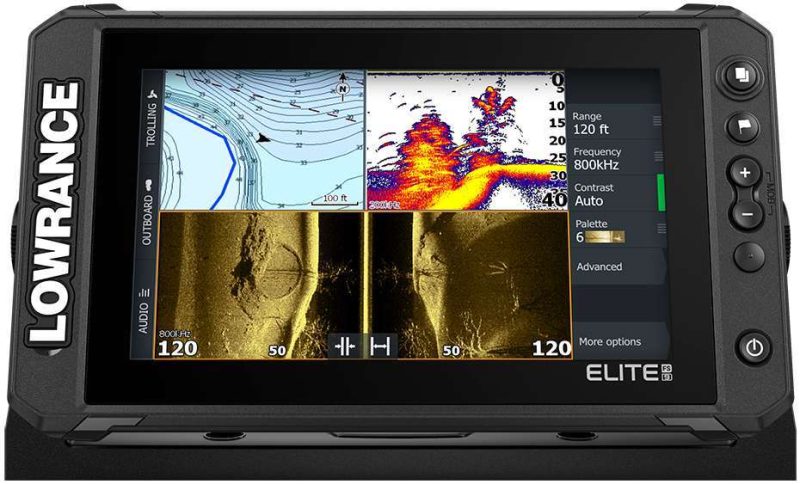
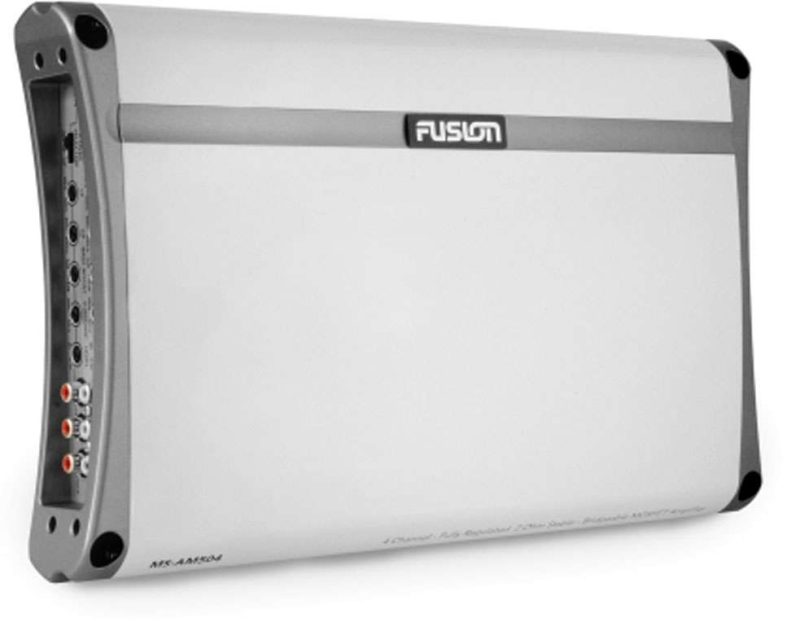
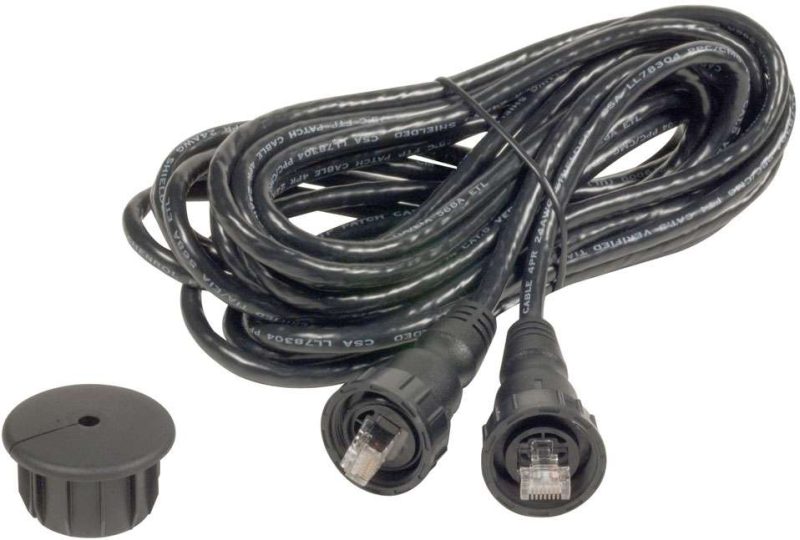
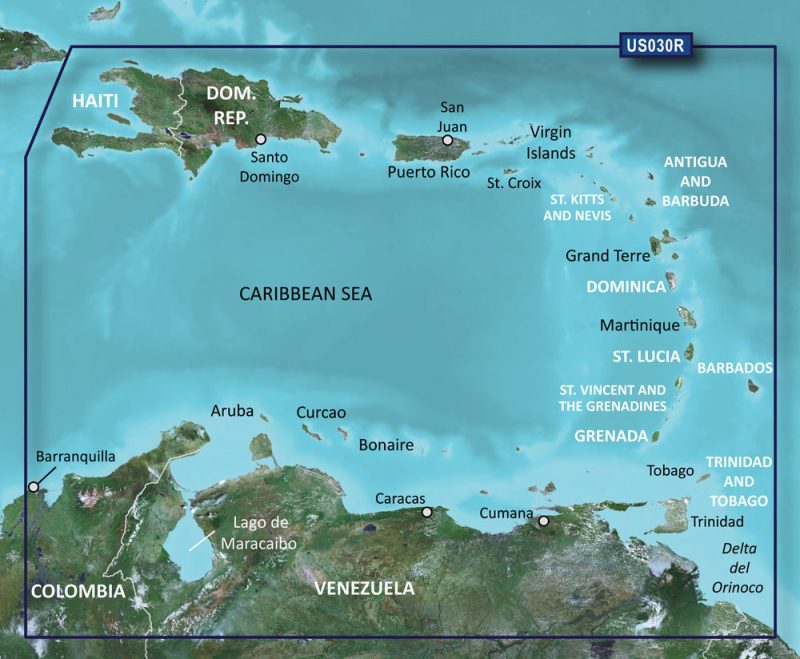

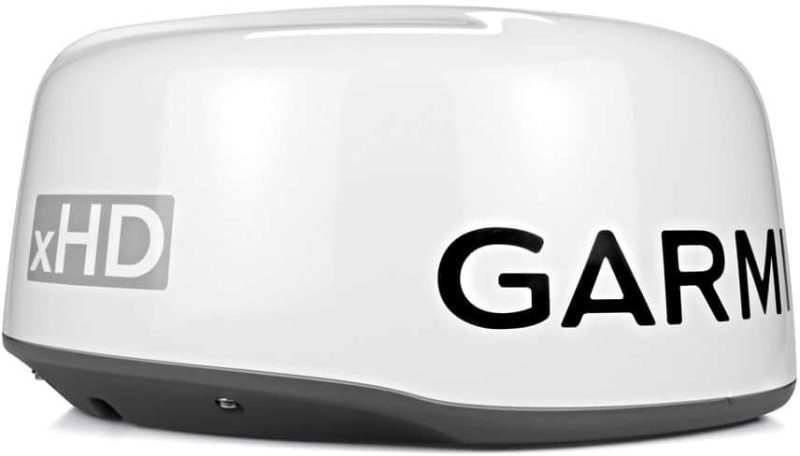
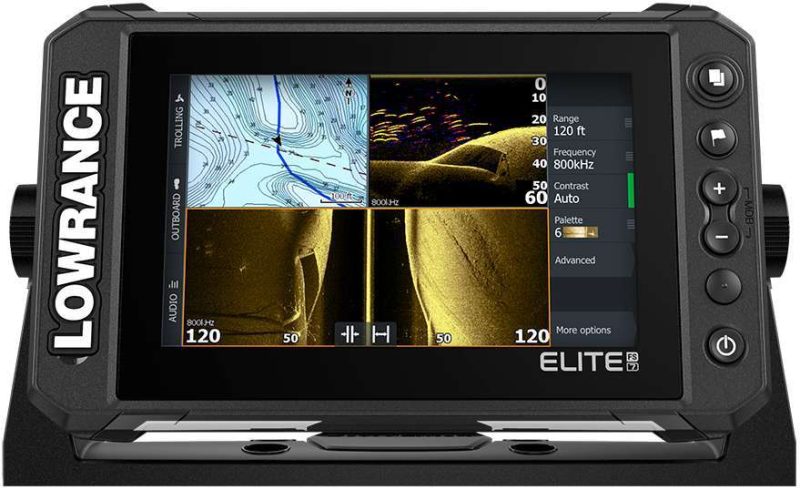


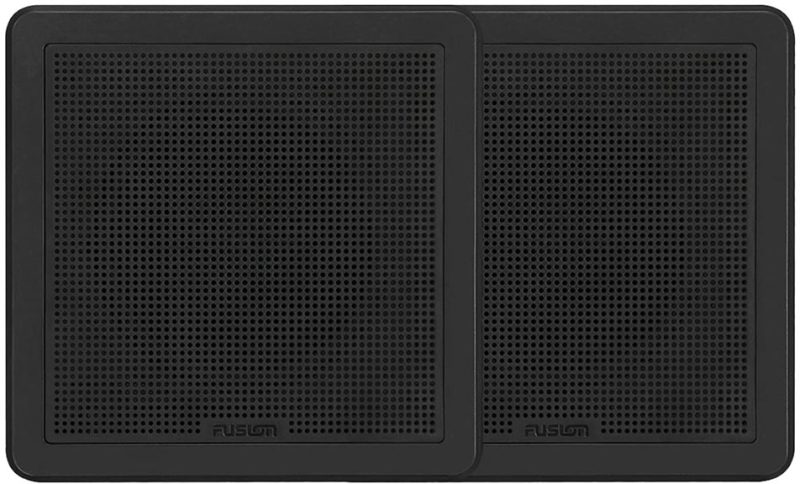
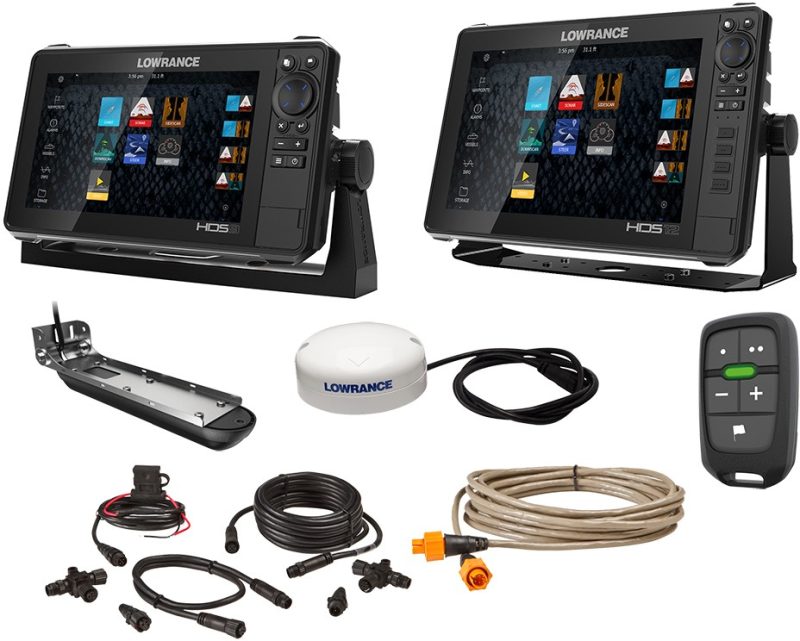
Seana –
Teah –
Obryan –
Dylan –
Josh –
Corey –
Roel –